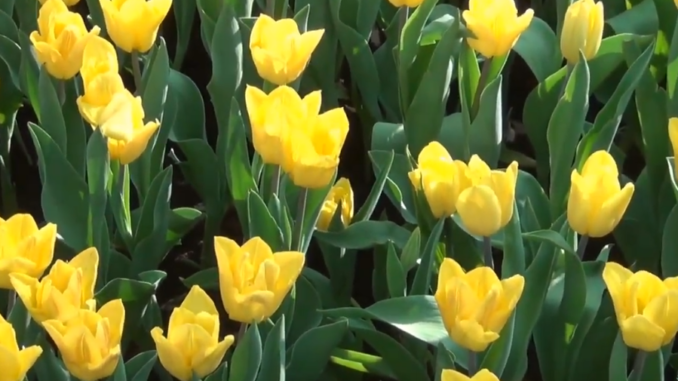
Eggs, through their ancient association with new life, fertility and rebirth are part of the observance of Easter.
Easter eggs, also called Paschal eggs, are eggs that are sometimes decorated. They are usually used as gifts on the occasion of Easter. As such, Easter eggs are common during the season of Eastertide (Easter season). The oldest tradition is to use dyed and painted chicken eggs, but a modern custom is to substitute chocolate eggs wrapped in colored foil, hand-carved wooden eggs, or plastic eggs filled with confectionery such as chocolate.
However, real eggs continue to be used in Central and Eastern European tradition. Although eggs, in general, were a traditional symbol of fertility and rebirth, in Christianity, for the celebration of Eastertide, Easter eggs symbolize the empty tomb of Jesus, from which Jesus resurrected. In addition, one ancient tradition was the staining of Easter eggs with the colour red “in memory of the blood of Christ, shed as at that time of his crucifixion.”
This custom of the Easter egg can be traced to early Christians of Mesopotamia, and from there it spread into Russia and Siberia through the Orthodox Churches, and later into Europe through the Catholic and Protestant Churches. This Christian use of eggs may have been influenced by practices in “pre-dynastic period in Egypt, as well as amid the early cultures of Mesopotamia and Crete.”
Wikipedia
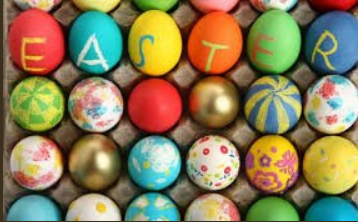
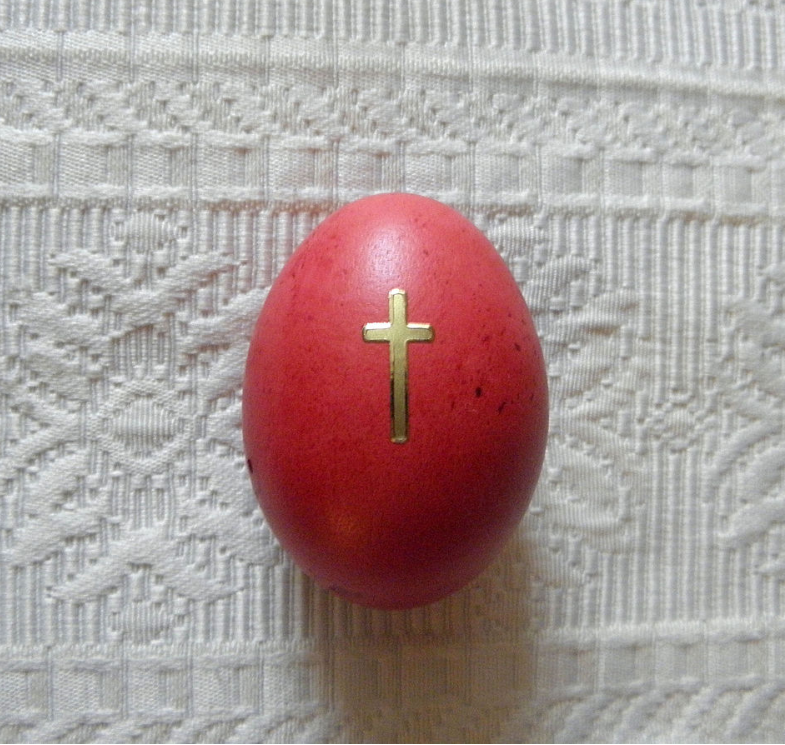
The Christian custom of Easter eggs, specifically, started among the early Christians of Mesopotamia, who stained eggs with red coloring “in memory of the blood of Christ, shed at His crucifixion”.
The Christian Church officially adopted the custom, regarding the eggs as a symbol of the resurrection of Jesus, with the Roman Ritual, the first edition of which was published in 1610 but which has texts of much older date, containing among the Easter Blessings of Food, one for eggs, along with those for lamb, bread, and new produce. The blessing is for consumption as a food, rather than decorated.
Lord, let the grace of your blessing come upon these eggs, that they be healthful food for your faithful who eat them in thanksgiving for the resurrection of our Lord Jesus Christ, who lives and reigns with you forever and ever. [The Roman Ritual. Part XI, Blessings and other sacramentals]
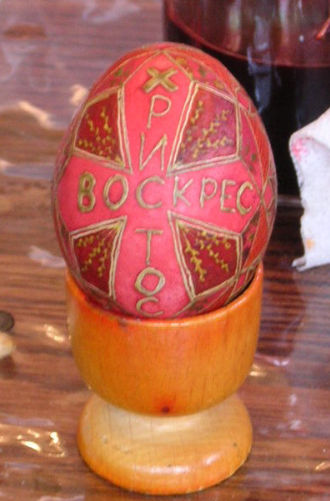
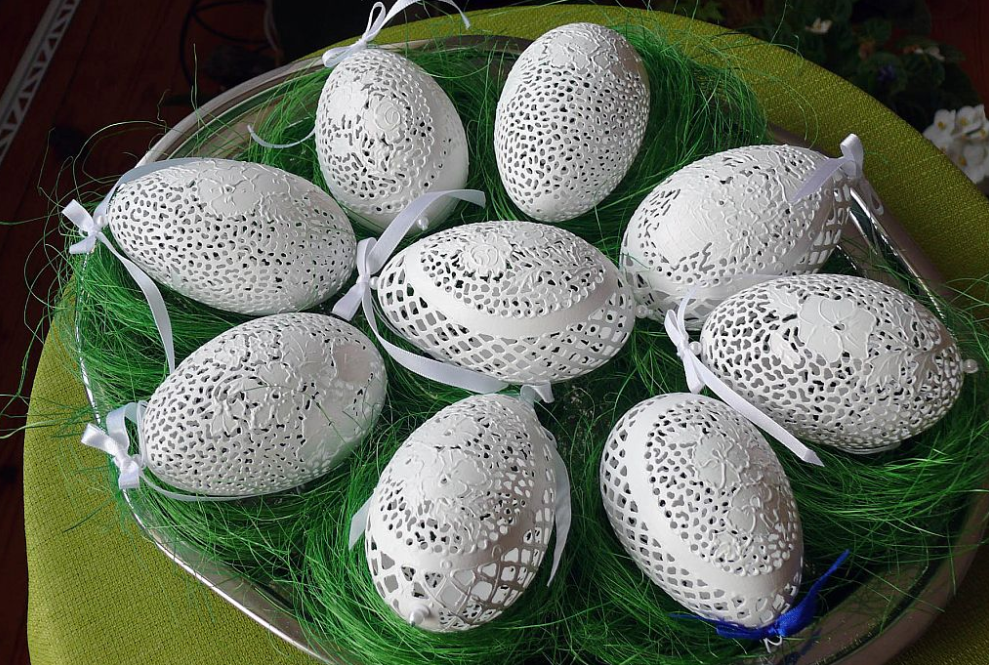
The Ancient Math That Sets the Date of Easter and Passover – Why don’t the two holidays always coincide? It is, to some degree, the moon’s fault.
Passover is a springtime Jewish festival celebrating the early Israelites’ exodus from Egypt and freedom from slavery. Jews observe it by hosting a ritual dinner, called a seder, and then by abstaining from eating all leavened bread for about a week. (Some of us abstain from some other stuff, too.) Instead, we eat matzo, a thin, unleavened cracker.
Easter is a springtime Christian holiday celebrating the resurrection of Jesus Christ and freedom from sin and death. It is preceded by a series of holidays commemorating Jesus’s path to the cross. One of these holidays is Maundy Thursday, which, aside from being a great name for a holiday, is a remembrance of the Last Supper, which was a seder. In the United States, many Christians observe Easter by attending a ritual meal between breakfast and lunch, called a brunch.
These holidays have a lot in common: They share themes of liberation and triumph; they both involve buying a lot of eggs; they were both a pretty big deal for Jesus. This year, they also overlap. Passover’s week-long festival begins on the night of April 19, while Easter falls on Sunday, April 21. And this makes sense: In the Gospels, the existential drama of Easter happens against the backdrop of Passover. Yet about 15 percent of the time, the two holidays actually occur a month apart.
Find out the rest of the story about ancient math and the calendars of Passover and Easter and the Moon at The Atlantic, in The Ancient Math That Sets the Date of Easter and Passover.
Happy Easter
